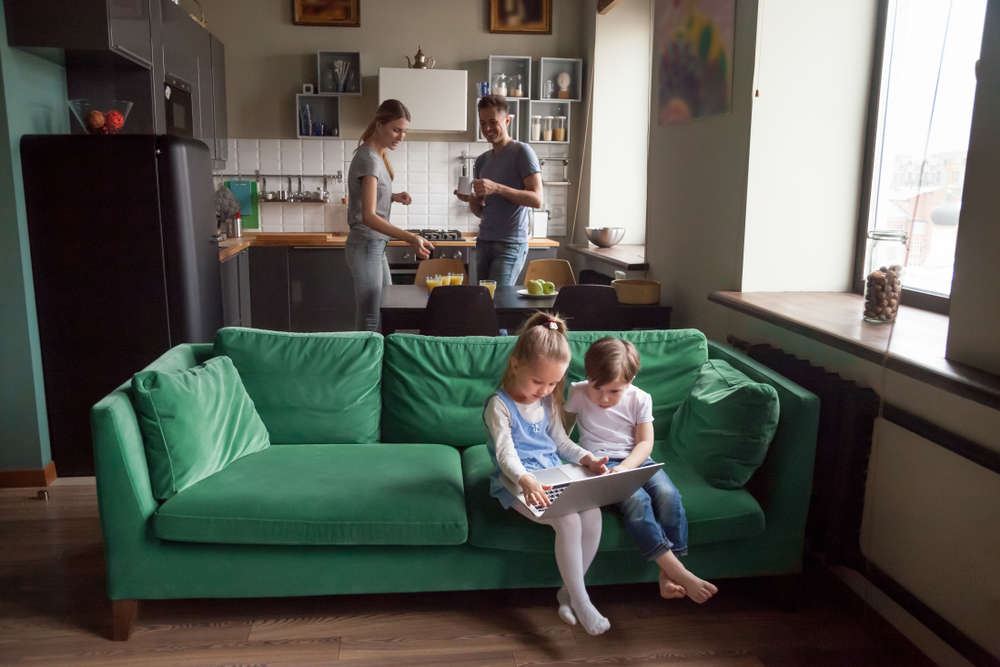
Useful tools
Useful tools, Wellbeing
23 November, 2022

Screens are almost impossible to avoid. A large number of children have their own tablets or access to their parents’ devices, and technology is used for both fun and education from a young age. Even family activities like watching TV together every night revolves around screen time.
But as difficult as it may seem, reducing your kids’ screen time will greatly benefit their health in the long run. Read on to find out how to limit screen time (and why you should).
No matter how old your child is, screen time can have negative impacts on their health. There is strong evidence to suggest that screen time negatively impacts your child’s…
Recommended screen time limits for kids
According to the Australian Institute of Family Studies, the recommended guidelines for screen time for children of different ages is as follows:
It is perhaps unsurprising that more Australian children spend more time on screens than recommended. In fact, research indicates that only 17 to 23 percent of preschoolers and 15 percent of five to 12-year-olds meet screentime guidelines.
Wondering how to reduce screen time for your children, or even how to get rid of screen time completely? Luckily, there are plenty of ways to start – here are just a few of them…
Of course, there is such thing as positive screen time. This is screen time that encourages creativity, helps them learn and even socialise. To improve the quality of your child’s screen time, you can try to…
Looking for more inspiration when it comes to screen-free fun? Check out these two articles…